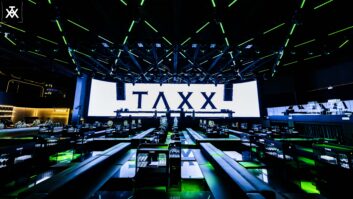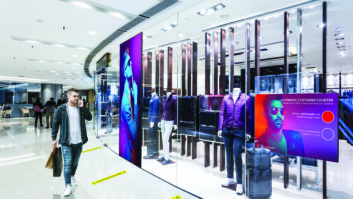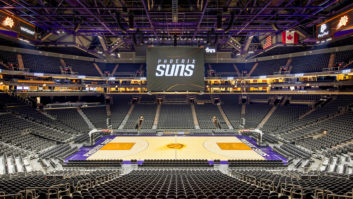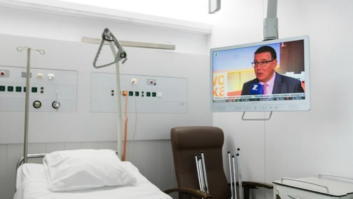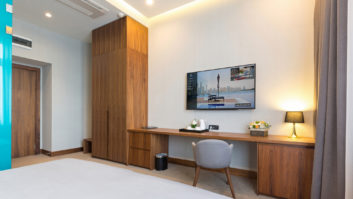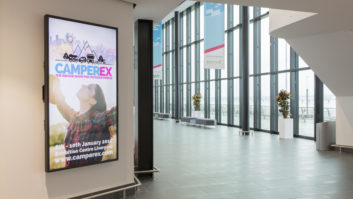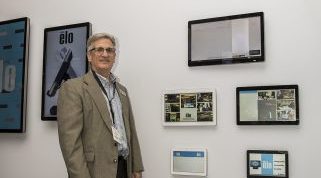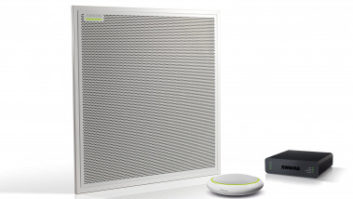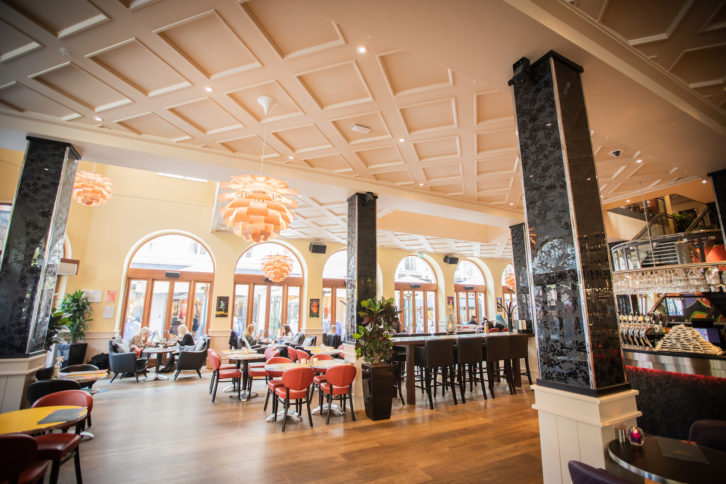
In the first part we discussed the difficulties around the technology selection process in the hospitality sector. Here we reveal the need for specialised outside help so venues are able to prioritise usability and long-term ROI.
According to Emma Bigg, director at consultants Octavius RE, there are also discussions about digital and how existing systems can be upgraded to current technology, or if the distribution can be upgraded to allow higher resolution content – and this is where consultants and integrators are key, particularly as very few hospitality concerns boast their own AV specialists. “In terms of advice, with video distribution I encourage people to look at networked infrastructure and moving to a network model,” she says. “Ultimately, with the right network in place the boxes on the end can be changed as and when needs dictate.”
When it comes to advising a client, Bigg prefers to focus on ease of use, cost of ownership and long-term ROI – especially when it comes to sound systems. “In terms of displays it is really about application and what works for the client’s business. Sometimes, major investment in screen technology to create an instant impact and leave them with options for the development of amazing content and experiences is the way forward. For some clients, it’s about getting that infrastructure in place then feeling their way a little bit more gently with the content and displays technology side.”
Key areas
“We see our hotel customers invest in three key areas,” explains Andy Truswell CTS-D, system integration manager, Pure AV. “The introduction of increasingly dynamic signage in communal spaces, upgrades to conference and meeting spaces, and enhancements to in-bedroom AV facilities.”
Alongside these areas and supporting their successful deployment, wireless connectivity and robust network provision is an area that Pure AV has seen significant investment in. “Many of the hotel customers that we work with at Pure seek to use AV as a tool to extend communication and engagement beyond the in-room environment to within communal areas,” continues Truswell. ”This can be seen in the introduction of increasingly dynamic digital signage solutions in the restaurant, lobby and transitional areas used not only to support wayfinding and information transfer but also able to act as an interactive gateway to the access of venue services.”
In larger hotel meeting and conference rooms, Pure AV has seen increased demand for upgrades to infrastructure to cope with digital signals, and the introduction of high definition displays. Truswell: “Twickenham’s South Stand Conference Centre is an example of this kind of project; where an upgrade to the existing infrastructure significantly improved the quality of the services that they were able to offer their customers.”
“We need to realise the best guest experience isn’t necessarily the newest, most shiny object you can put in front of them”
Mike Blake, HTNG
With budgets always stretched, it’s often a choice between providing the best guest or customer experience – the wow factor – or choosing the most future-proofed (and therefore cost-effective) solutions.
“There are definitely reasons to say both facets are equally important,” opines HTNG (Hospitality Technology Next Generation) CEO Mike Blake. “We need to realise the best guest experience isn’t necessarily the newest, most shiny object you can put in front of them. There needs to be a constant consideration if the product or technology actually works.”
Blake complains – rightly – that nobody has yet managed to perfect a simple guest Wi-Fi experience, where guests have an easy log-in and stay connected for their entire stay, every single time. “We’ve now come to find ourselves ‘wow-ed’ when this event actually happens, so it’s important to understand how that ‘wow’ factor can be applied to so many other things,” he says. “At the other end of the spectrum, every decision a hotel makes to implement a new product or system needs to be considered longer-term and the cost-effect it will have on all of the hotel’s properties.”
Given that hospitality is all about creating an experience, the technology selected must really support that aim, especially as the competition for hospitality venues is fierce and includes new options like Airbnb – itself driven by technology, of course.
“We see many venues looking at a five-year cycle on AV, but this does not mean sacrificing the wow factor,” says Truswell. “Selecting the right product and building it into a solution that fits the environment and application will ultimately be more impressive than the latest technology shoe-horned into a space, just because it is considered the ‘latest best thing’. Good system design should be about flexibility and ease of use and from this the ‘wow factor’ stemming from a seamless user experience will naturally follow.”
The best guest experience always has to be front and centre, but hospitality professionals also need to make purchasing decisions based on budgetary constraints – even though the guest is central to the thinking with regard to any investment. It’s a taut dynamic.
“These are commercial businesses and they need to make good purchasing decisions based on what they can afford, how they can afford to keep it working and the direction and needs of that business to keep it being successful and financially viable,” explains Bigg. “One advantage of the range of products and technologies is that you always have options for each client no matter how their needs differ. And the truth is they need to spend their money once and so it’s a balance of the wow, future-proofing and affordability.”
Five-star vs three-star
When it comes to specifying technology for five-star establishments when compared with, say, three-star options, it of course comes down to budget – although the type of guest expected to stay at the hotel or eat at an equivalent restaurant possibly influences decisions too.
“Quite often it will be budget that the differentiating factor, but also guest profile,” says Bigg. “Different types of guest have differing expectations around the experience and technology offering.”
Truswell agrees: “While ultimately, the core technology will be the same across both three-star and five-star venues, there is a difference in client expectations to be considered. The choice of manufacturer brand may have a greater focus in a five-star establishment, particularly in the bedroom spaces, and expectations about where and when guests encounter technology and the way they interact with that technology will be higher.
“These factors have implications for budget and system design, the finish is also crucial, so selecting the right integration partner with the skills to deliver a clean, reliable install is even more crucial.”
Ultimately, those businesses willing to spend more will be able to create a better customer experience. Venues that try to replicate big impact ‘wow’ moments on a cheaper budget are often found out, and it is perhaps better that they don’t try to punch above their weight. “It is not easy to imitate AV technology and greater ideas will cost more money, need more manpower and require more technical installation,” says Thomas Vertommen, European product marketing manager for Visual Solutions, Panasonic. “Ultimately, you get what you pay for.
“Customer expectations and standards are growing and are continually inundated with venue options and ‘immersive experiences,” he adds. “Businesses are having to come up with new and creative ways to cut through the noise and live up to expectations.
“People are happy to pay for quality, better experiences that adhere to their expectations. If venues have a high initial AV budget the equipment chosen will be of a higher quality, which would produce a better outlet implying a better experience. Not only can businesses charge a premium, this will be most cost-effective in the long run as they require less in maintenance costs.”
Ultimately, the hospitality sector needs to raise its game when it comes to the provision of technology, while finding a way to balance front-end budgetary requirements alongside the need to future-proof and also consider all-important customer experience.
“AV technology in our everyday lives is what we become accustomed to, making it something everyone starts to expect while travelling,” says Blake. “I believe we still have a lot to learn from other industries in regard to faster implementation on the AV front.”
www.htng.org
www.octaviusre.com
www.panasonic.com
www.pureav.co.uk
